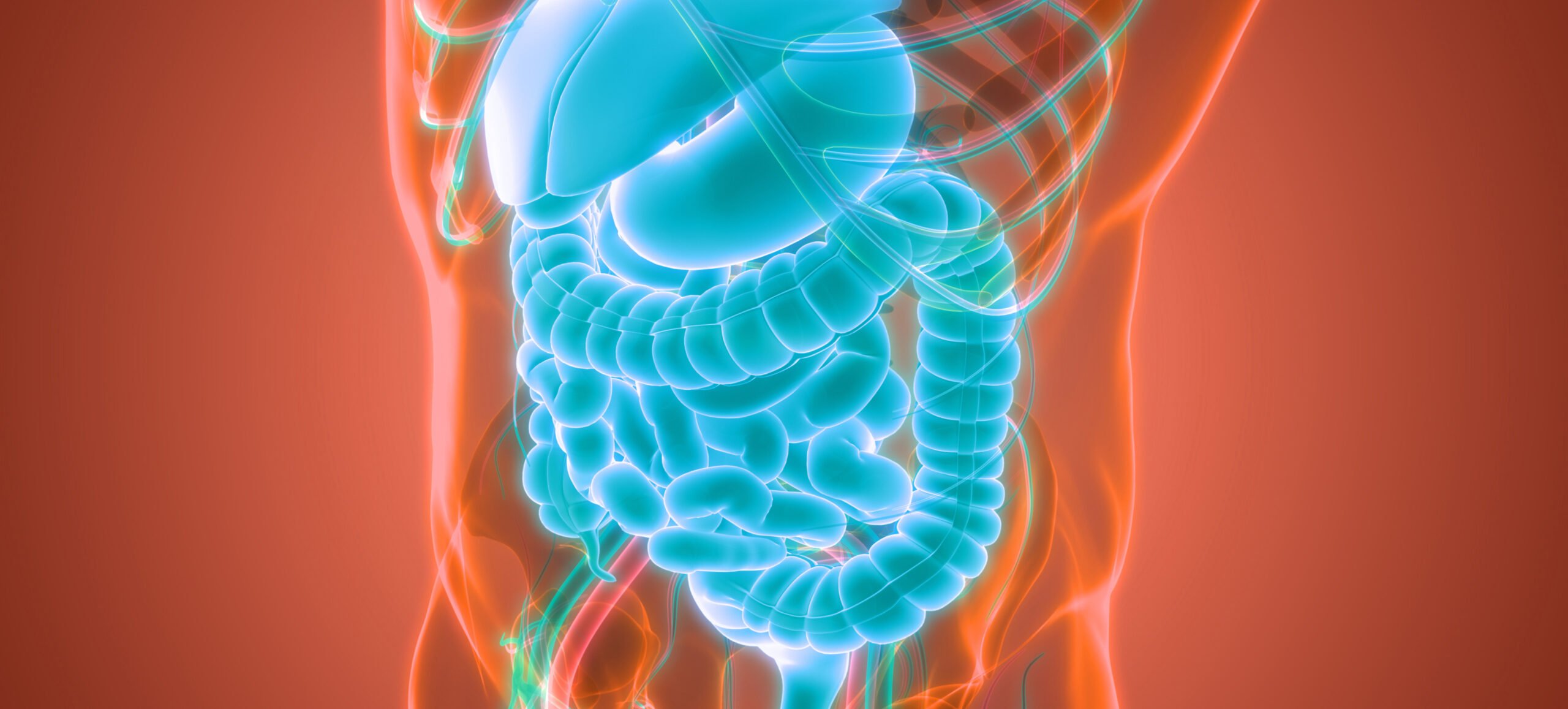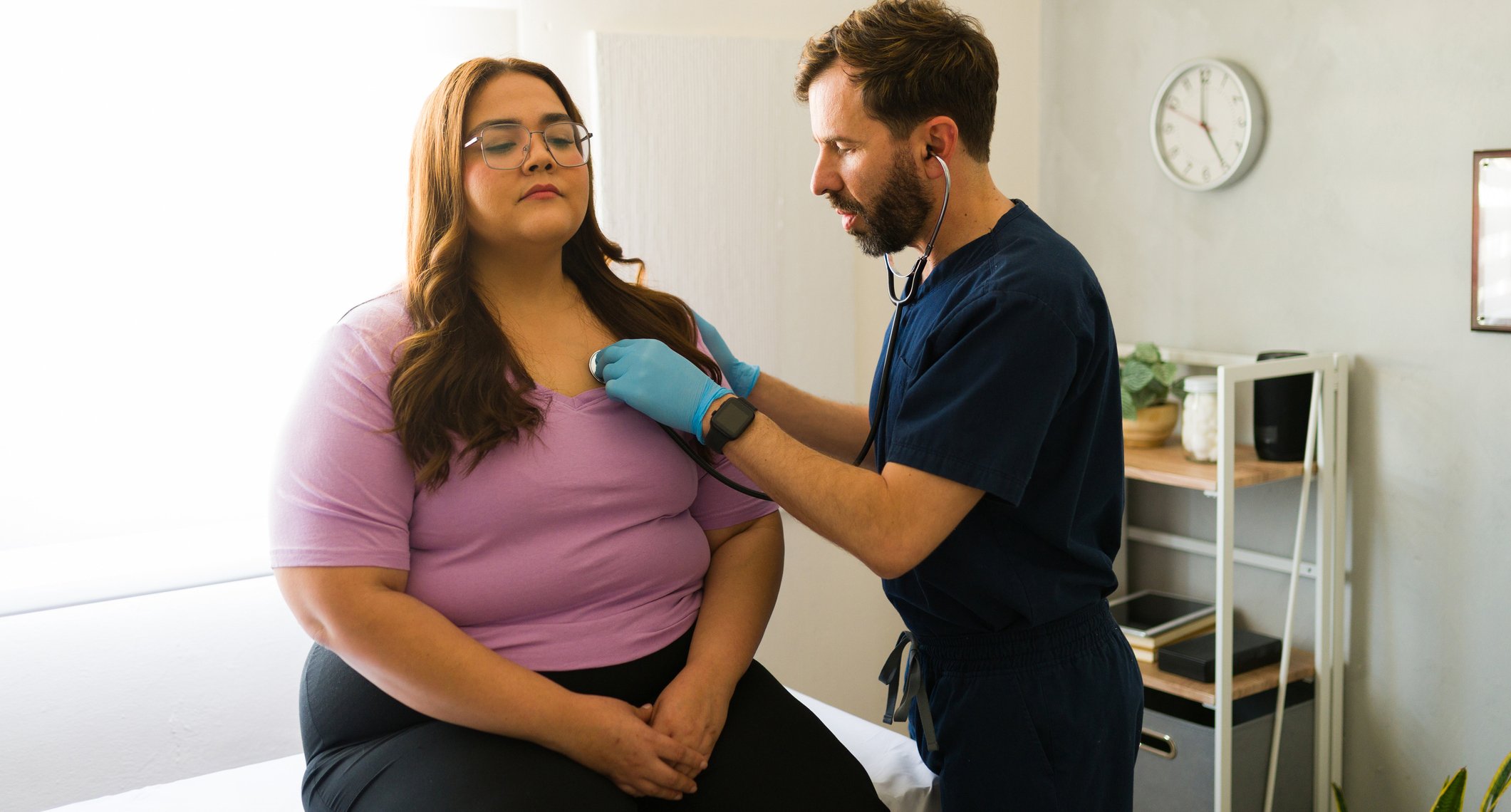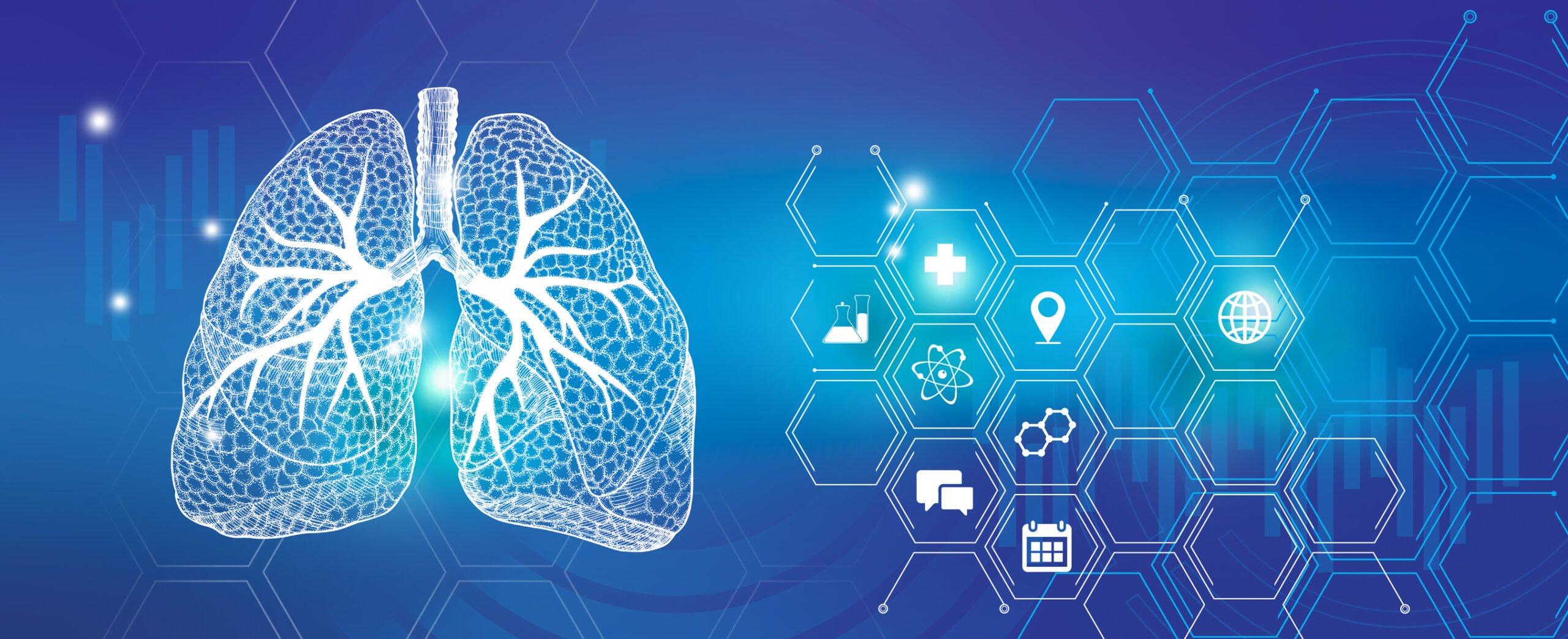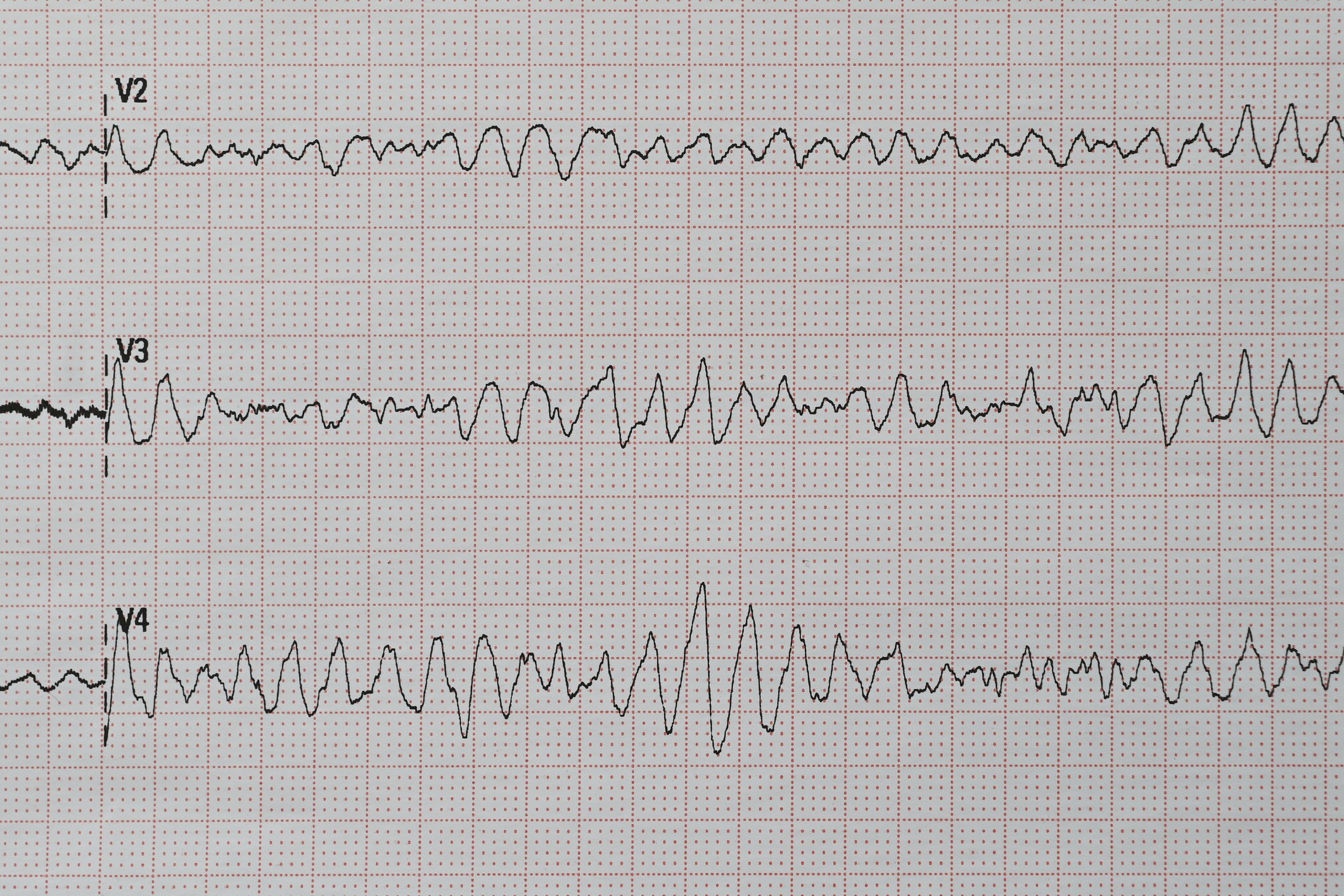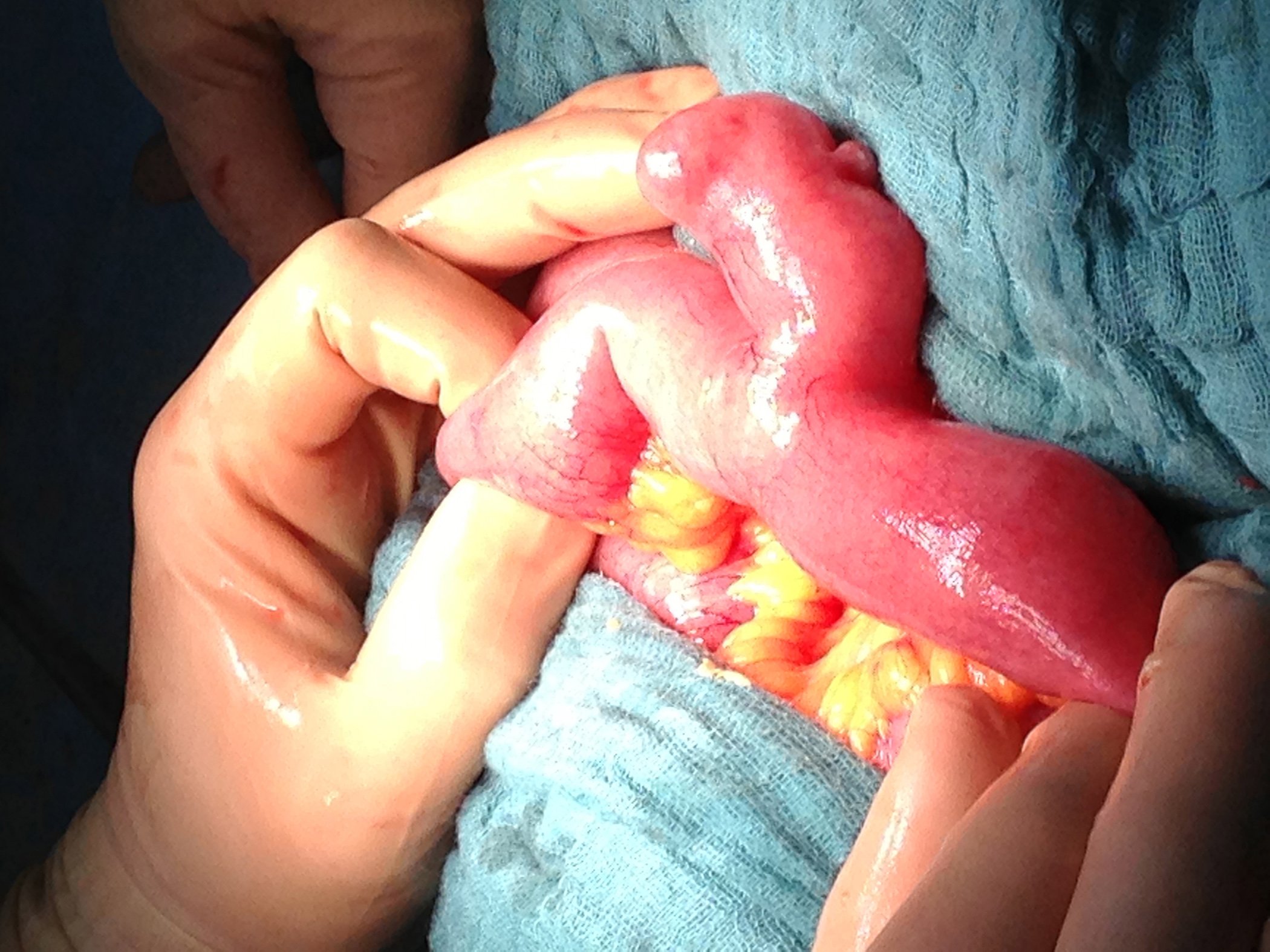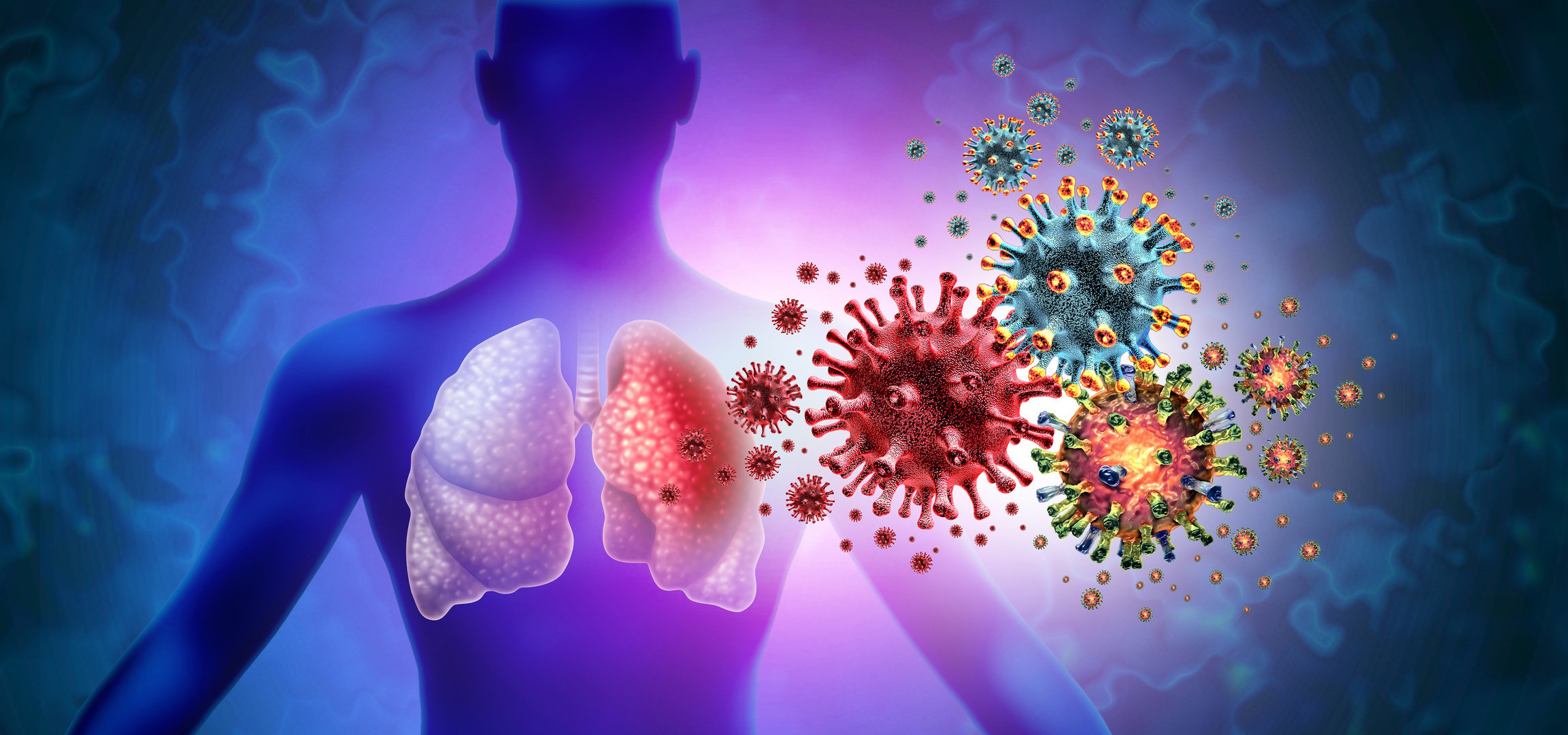Diverticula are benign and can occur on the entire urinary bladder wall or only parts of the urinary bladder wall. Congenital bladder diverticula are caused by congenital weaknesses of the bladder wall. Acquired diverticula are usually caused by chronically increased pressure within the bladder. If symptoms occur, minimally invasive removal of one or more bladder diverticula is possible. Imaging techniques are used to assess the diverticula and the diverticular neck.
Urinary bladder diverticula form due to herniation of the urinary bladder mucosa through the lamina muscularis of the urinary bladder wall. If all wall layers are prolapsed, it is a true diverticulum; if only the bladder mucosa is prolapsed, it is a pseudodiverticulum [4].
Congenital bladder diverticula are the result of a congenital weakness of the bladder wall, primarily in the area of the ureteral orifice (Hutch diverticula) or in malformations of the urachus on the bladder roof. Trigonal diverticula are commonly found in vesicoureteral reflux. Concrete symptoms usually appear from the age of 10 [3].
Acquired diverticula of the urinary bladder are found with chronically increased intravesical pressure. Typical causes are listed in overview 1.
It is important to assess the neck of the diverticulum [1]. Narrow neck causes retention of urine in the diverticulum, which leads to mucosal metaplasia and may predispose to diverticular carcinoma. If a diverticular carcinoma develops, symptoms often only appear at an advanced stage.
Asymptomatic bladder diverticula do not require any special therapy. Functional limitation of the bladder wall muscles (detrusor vesicae muscle) can lead to urinary tract infections and enuresis [2]. There is often a feeling of incomplete bladder emptying.
In patients with a high risk of surgery, permanent catheterization is an option if the patient is symptomatic. Endoscopic treatment leads to closure of the diverticular neck. Open surgical or laparoscopic procedures guarantee complete resection of the diverticulum.
Native X-ray examinations have not played a role in diverticular diagnostics. For a long time, i.v. urography was the imaging technique in urology that could provide morphological and functional information about the urinary tract.
Sonographically, the diverticula can be well defined when the bladder is full. After micturition, determine the amount of residual urine from the diverticulum. Supplementary information about inflammation of the urinary bladder due to residual urine can be obtained by laboratory examination of urine if clinical symptoms are present. With cystoscopy, the inflammatory mucosal changes can also be assessed visually.
Computed tomography provides a very good image of the urinary bladder natively and after intravenous administration of contrast medium. The urinary bladder wall is visualized very well, as are inflammatory wall thickenings.
With very good soft tissue contrast, magnetic resonance imaging provides even better visualization of the bladder wall and differentiation of wall-bound tumors. As in CT, late images after contrast administration can assess the filling status of the urinary bladder and diverticulum and the diverticular neck. The weak point of the method is the limited detectability of small calcifications.
Case study
In Case 1 (Fig. 1A to C), a 59-year-old female patient with recurrent lower abdominal pain and cystitis has bilateral urinary bladder diverticulum demonstrable on CT, left with wide diverticular neck. The additional X-ray of the abdomen, which was requested as a late image, only incompletely demarcates the diverticulum on the left side with a contrast-filled urinary bladder.
Case 2 (Fig. 2A and B) shows a relatively large, uncomplicated right urinary bladder diverticulum in a 77-year-old female patient. There were frequent bladder infections and recurrent microhematuria. There was no evidence of a tumorous process of the bladder or diverticulum.
Case 3 (Fig. 3A through D) reveals a large urinary bladder diverticulum in a 49-year-old female patient, right with a nondemarcated diverticular neck. In all sequences, the signal behavior of the diverticulum in the native and contrast-enhanced sequences was analogous to that of the urinary bladder contents. With existing septation of the diverticulum, circular wall thickening was conspicuous in the mediocaudal portion post contrast (KM) administration, compatible with mucosal inflammation as the cause of dysuria and leukocyturia.
Take-Home Messages
- Urinary bladder diverticula can be congenital or acquired.
- A distinction is made between complete diverticula and incomplete diverticula,
so-called pseudodiverticula. - They can be clinically silent, but can also cause symptoms of cystitis.
- In diverticula with a narrow neck, there is a possibility of formation of mucosal metaplasia due to urinary stasis in the diverticulum and formation of diverticular carcinoma.
- Sonography, computed tomography and magnetic resonance imaging can be used for the imaging detection of bladder diverticula.
Literature:
- Becht EW, Hutschenreiter G, Klose K (eds): Urological diagnostics with imaging techniques. Georg Thieme Verlag: Stuttgart, New York 1988 (123).
- Flexicon, https://flexikon.doccheck.com/de/Harnblasendivertikel,(last accessed Sept. 29 , 2023).
- Medlexi, https://medlexi.de/Harnblasendivertikel,(last accessed 29.09.2023)
- Urologielehrbuch.de, www.urologielehrbuch.de/harnblasendivertikel.html,(last accessed 29.09.2023).
HAUSARZT PRAXIS 2023; 18(10): 44-46








